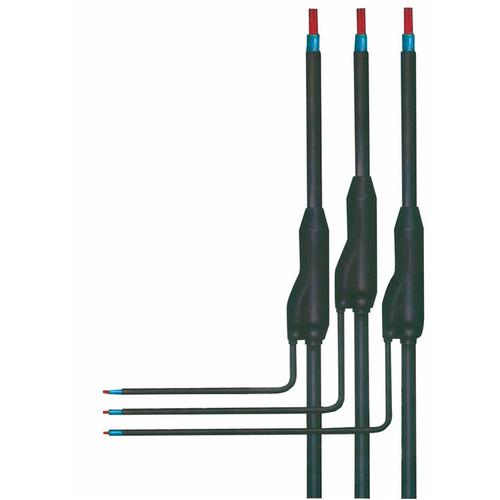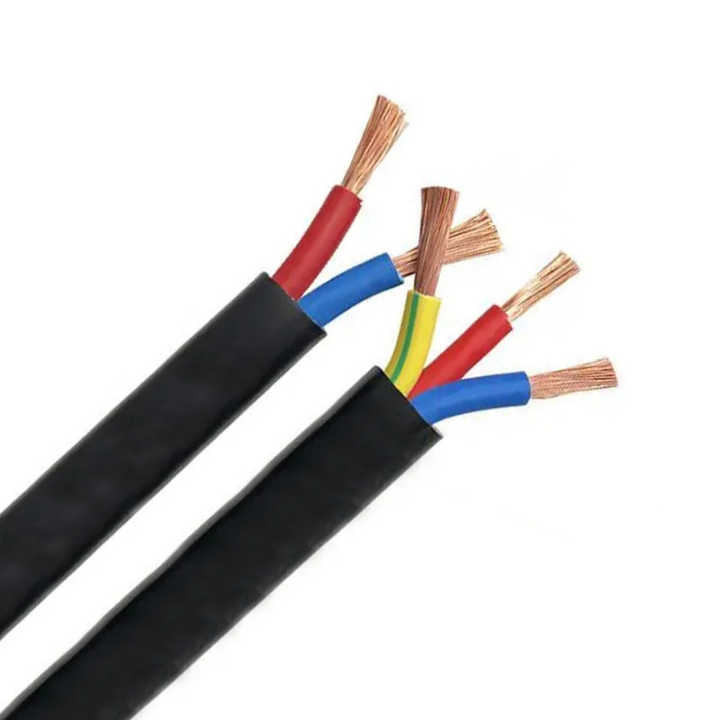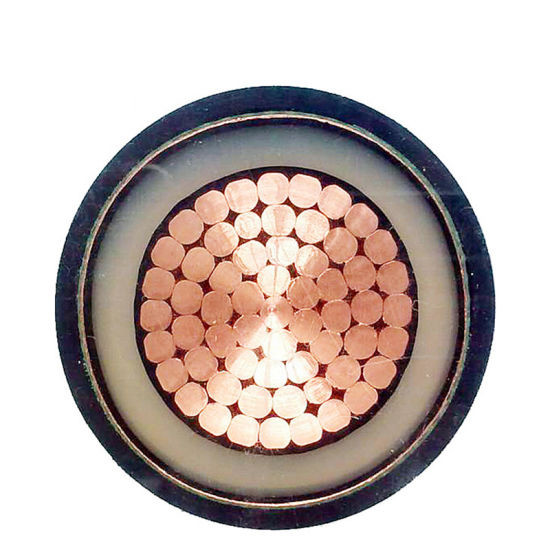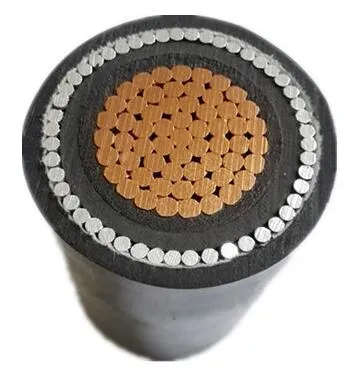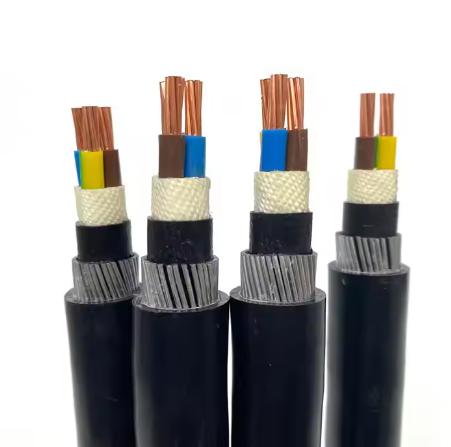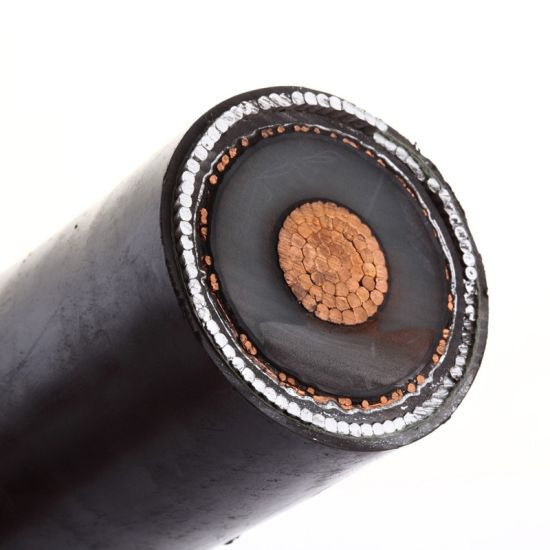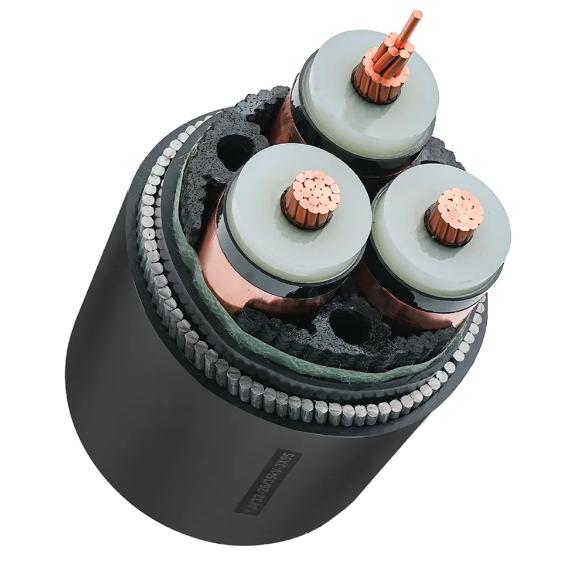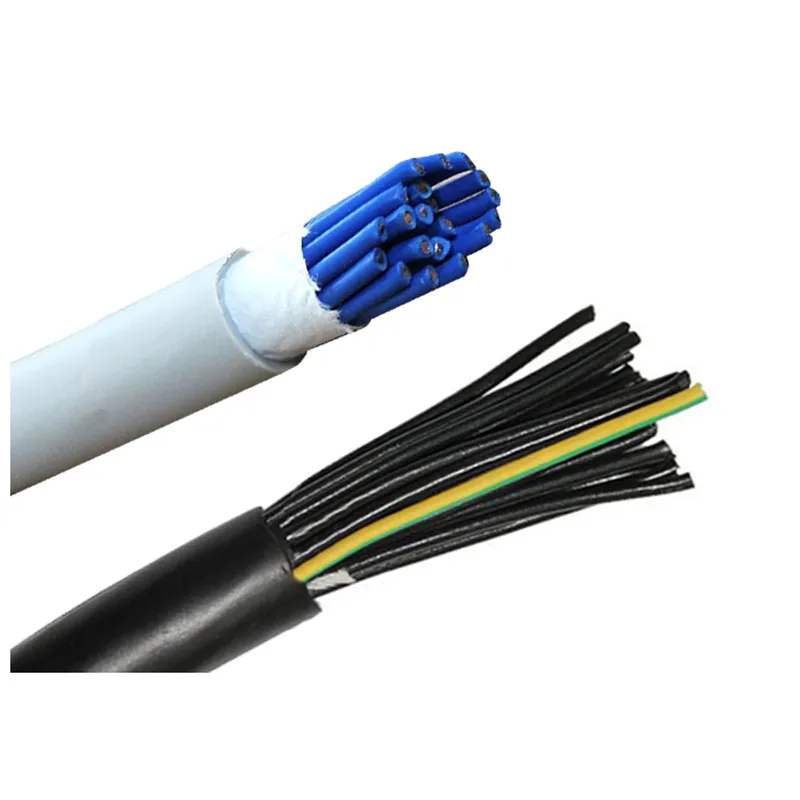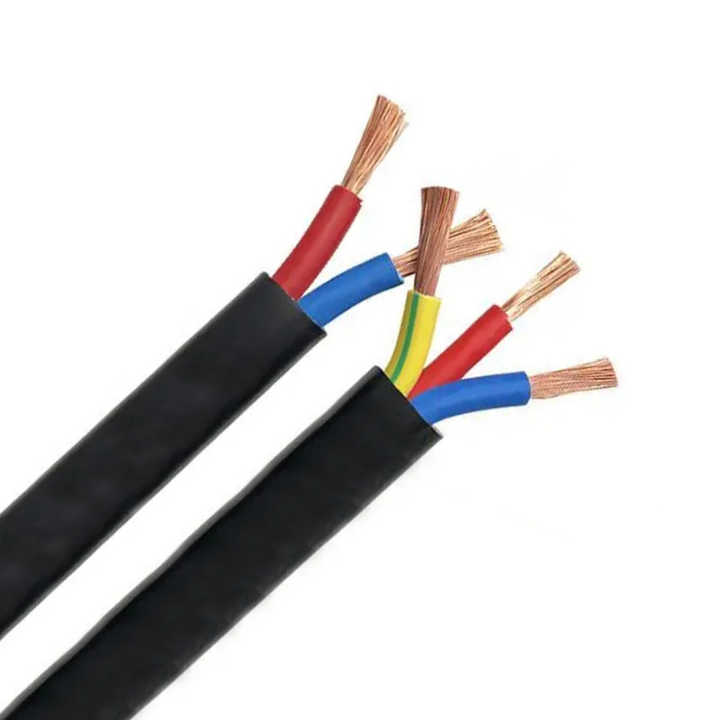-
![227 What does IEC ···]() 2025-09-01 227 What does IEC 06 (BV) me···
2025-09-01 227 What does IEC 06 (BV) me···1. IEC 227-1993 "Polyvinyl chloride insulated cables of rated voltage 450/750 V and below" is the name of a standard!2. The standard describes the structure and testing of BV cables. Take a look.3. There are only 227IEC01 (BV) and 227IEC05 (BV). Where's 227IEC06 (BV)? That one is 227IE
read more > -
![What is the differ···]() 2025-09-01 What is the difference betwe···
2025-09-01 What is the difference betwe···1. BVV voltage levels are 450/750V, while VV voltage levels are 0.6/1kV. One is based on the 5023 standard, and the other is based on the 12706 standard, with different sheath thicknesses.2. BVV products require the inner sheath to be opened.3. One is a cable, and the other is a sheathed wire. The v
read more > -
![What are the advan···]() 2025-09-01 What are the advantages of t···
2025-09-01 What are the advantages of t···1. Resists oxidation.2. Easy to solder.3. Disadvantage: High cost.4. Presence of tin powder and slag can easily cause wire breakage during extrusion, and produces considerable smoke during conductor preheating.5. Convenient for wiring and terminal connection!6. Resists oxidation and is often used in
read more > -
![What is the differ···]() 2025-09-01 What is the difference betwe···
2025-09-01 What is the difference betwe···The main characteristic of flame-retardant cables is that they are resistant to ignition or, if they do, combustion is confined to a certain area, thus preventing major disasters caused by the spread of fire. Fire-resistant cables are cables that can maintain normal operation even after prolonged ex
read more > -
![What is the reason···]() 2025-09-01 What is the reason why the c···
2025-09-01 What is the reason why the c···1. It's possible. Another possible cause is the interaction between the insulation and the conductor.2. The copper wire is oxidized. The copper wire itself is not pure and has poor oxidation resistance. Oxidation occurs during annealing, which is exacerbated by storage. Moisture or oil contamina
read more > -
![Category 5e, Categ···]() 2025-09-01 Category 5e, Category 6. Wha···
2025-09-01 Category 5e, Category 6. Wha···1) Category 1: Primarily used for voice transmission (Category 1 was primarily used for telephone cables before the early 1980s), not for data transmission.2) Category 2: Transmission frequency 1 MHz, used for voice transmission and data transmission with a maximum speed of 4 Mbps, commonly found in
read more > -
![What is twisted pa···]() 2025-09-01 What is twisted pair cable? ···
2025-09-01 What is twisted pair cable? ···At present, twisted pair cables can be divided into unshielded twisted pair (UTP=UNSHILDED TWISTED PAIR) and shielded twisted pair (STP=SHIELDED TWISTED PAIR). The outer layer of the shielded twisted pair cable is wrapped with aluminum platinum to reduce radiation, but it cannot completely eliminate
read more > -
![Common cable defec···]() 2025-09-01 Common cable defects and sol···
2025-09-01 Common cable defects and sol···Plastic scorch is a common quality defect in the plastic extrusion process. Symptoms include: excessively high temperature readings; a large amount of smoke from the die; a strong, pungent odor; a crackling sound in severe cases; burnt particles in the extruded plastic layer; and continuous bubbles
read more > -
![Is it necessary to···]() 2025-09-01 Is it necessary to print wor···
2025-09-01 Is it necessary to print wor···1. No, safety regulations require a marking every 50cm.2. It must be printed. The national standard has specific requirements for "marking."3. UL generally requires printing.4. It must be printed unless the customer specifies otherwise.
read more > -
![What kind of cable···]() 2025-09-01 What kind of cable is BTTYZ ···
2025-09-01 What kind of cable is BTTYZ ···This is a fireproof cable with a copper core, mineral insulation, copper sheath and polyolefin jacket. B - Mineral insulated fireproof cable, T - Copper conductor, T - Copper sheath, Y - Polyolefin jacket, Z - Heavy duty.
read more >

